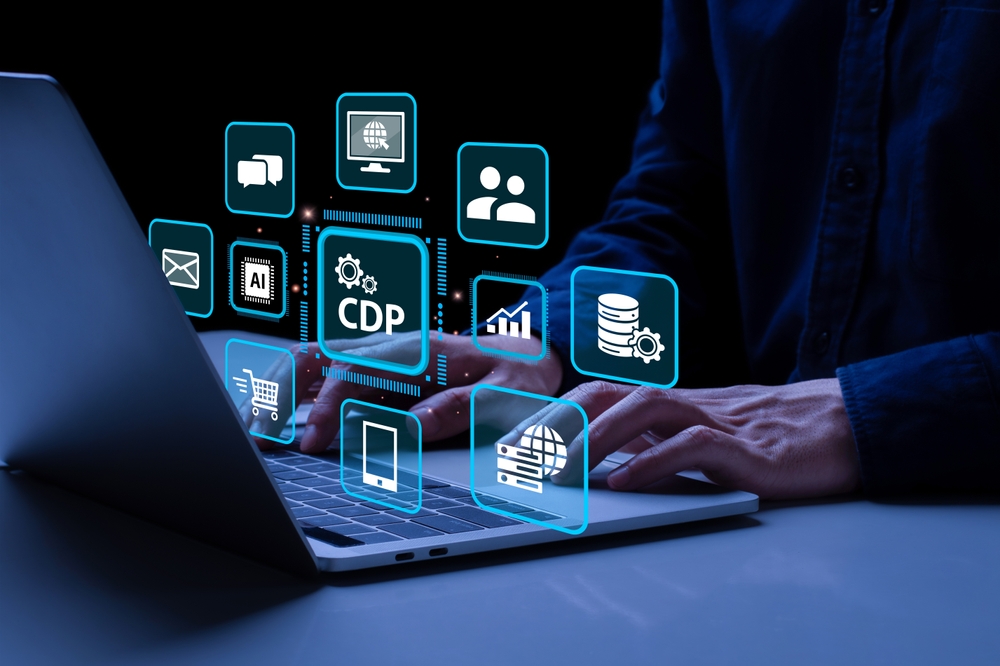Customer expectations have evolved beyond imagination nowadays. They expect seamless, personalized, and engaging experiences across all touchpoints. From real-time responsiveness to hyper-personalized content, the bar for customer experience (CX) has never been higher. A study by Salesforce found that 88% of customers say the experience a company provides is just as important as its products or services. This shift in expectations is reshaping industries, and businesses that fail to keep pace risk falling behind.
The New Standard for Customer Experience

What do modern consumers demand today? Let’s take a look:
- Personalization at Scale: Customers expect brands to understand their preferences and anticipate their needs. A McKinsey report states that 71% of consumers expect companies to deliver personalized interactions, and 76% get frustrated when this doesn’t happen.
- Omnichannel Engagement: Customers interact with brands across multiple platforms—websites, mobile apps, social media, email, and even offline channels. Consistency across these channels is crucial.
- Instant Gratification: Fast response times and seamless digital transactions are now the norm. According to HubSpot, 90% of consumers rate an “immediate” response as important when they have a customer service question.
- Trust and Transparency: With growing concerns about data privacy, consumers demand greater control over their personal information. Transparency in data usage fosters trust and loyalty.
Businesses Struggling to Keep Up
Despite the clear shift in expectations, many businesses still operate with legacy systems, siloed data, and fragmented customer insights. This results in inconsistent messaging, delayed responses, and irrelevant content. Companies that fail to meet these new demands risk customer churn, negative brand perception, and revenue loss.
For example, a 2023 PwC report found that 32% of customers will stop doing business with a brand they love after just one bad experience. Conversely, businesses that invest in superior customer experience can increase revenue by 4%–8% above their market competitors.
Martech Solutions: The Answer to Evolving Expectations
To bridge the gap between rising customer expectations and business capabilities, companies must leverage modern marketing technology (martech). One of the most powerful martech solutions is the Customer Data Platform (CDP).
How a CDP Helps Businesses Keep Pace

1. Delivering Hyper-Personalization
CDPs enable real-time data processing, allowing businesses to personalize content, product recommendations, and offers based on customer behavior. For instance, Netflix and Amazon use sophisticated CDPs to recommend movies and products based on past interactions, increasing engagement and conversion rates.
2. Enhancing Omnichannel Engagement
CDPs unify data from various channels—email, social media, websites, mobile apps—ensuring a seamless experience across all touchpoints. A great example is Starbucks, which integrates its CDP with its mobile app, loyalty program, and in-store experience to offer personalized promotions and rewards in real time.
3. Real-Time Responsiveness
With AI-powered CDPs, businesses can analyze customer behavior in real time and trigger automated responses. For example, if a customer abandons their cart, a CDP can instantly send a personalized reminder email or push notification with a discount offer to encourage purchase completion.
4. Strengthening Data Privacy and Compliance
With regulations like GDPR and CCPA, data privacy is a growing concern. CDPs help businesses comply by centralizing customer consent management and providing transparency in data collection. By using a CDP, businesses can ensure they only engage with customers in ways they’ve explicitly permitted.
Case Study: How Leading Brands Are Adapting
One standout example is Sephora, which uses a CDP to integrate customer data across online and offline stores. By leveraging AI and predictive analytics, Sephora provides personalized product recommendations, tailored promotions, and seamless omnichannel experiences, leading to higher customer satisfaction and increased sales.
Another example is Delta Airlines, which leverages a CDP to improve customer experience by tracking individual traveler preferences, flight history, and loyalty program interactions. This enables Delta to provide real-time updates, personalized travel offers, and superior customer support.
Final Thoughts: The Future of Customer Experience
As customer expectations continue to evolve, businesses that invest in cutting-edge martech solutions like CDPs will stay ahead of the curve. A unified, data-driven approach to personalization, omnichannel engagement, and privacy compliance is no longer optional—it’s a necessity.
Companies that prioritize customer experience will not only enhance loyalty but also drive long-term revenue growth. The question remains: Is your business equipped to meet the rising expectations of today’s customers? If not, now is the time to embrace technology and innovation before your competitors do.
By leveraging AI-driven CDPs, businesses can unlock deeper customer insights, deliver personalized experiences at scale, and build stronger customer relationships. The future of customer engagement is here—are you ready?
By Bijoy K.B | Associate Director – Marketing at Lemnisk

Leave a Reply